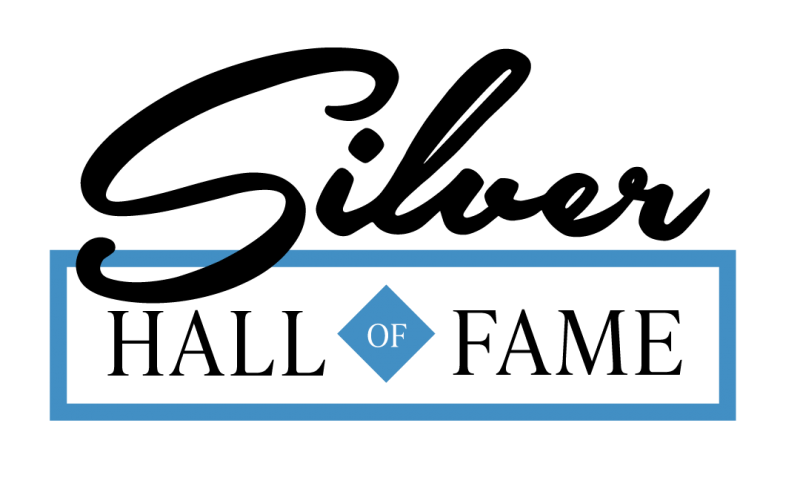Rammelsberg
Historical Mines
The Rammelsberg is a mountain, 635 metres (2,083 ft) high, on the northern edge of the Harz range, south of the historic town of Goslar in the North German state of Lower Saxony. The mountain is the location of an important silver, copper, and lead mine, the only mine which had been working continuously for over 1,000 years when it finally closed in 1988. Since 1992, the visitor mine of Rammelsberg has become a UNESCO World heritage site.
According to legend, the mountain was named after a knight called "Ramm", who was a henchman of Emperor Otto the Great. In 968, whilst out hunting, the knight tied his horse to a tree, in order to pursue some deer through almost impassable terrain. His charger impatiently pawed the ground with its hooves whilst waiting for his master to return and so exposed a vein of silver ore. According to another explanations, the name may be derived from the widespread ramsons (Low German: Ramsen) found on the slopes. It is most probably however, that "ram" is a very old word-explanation for "ore with copper". In Italian today "rame" means "copper".
The mining history of the Rammelsberg occurred as a continuous process in different phases. Initially the main product was copper ore, then, (much) later lead, and with lead, silver.
The analysis of unsmelted pieces of ore and slag found during archaeological excavations between 1981 and 1985 at Düna (near Osterode) in the South Harz indicates mining activity at the Rammelsberg in the 3rd century AD. Layers of an early settlement dated to about the 3rd or 4th century AD located about 25 miles south of the Rammelsberg contained not only pre-industrial melting equipment but also remains of ore, which could clearly be identified as Rammelsberg ore. Anglo-Saxon burial objects made of Harz ore were also excavated in England.
Mining on the Rammelsberg was first mentioned in the records around 968 by the Saxon chronicler, Widukind of Corvey. According to his Res gestae saxonicae, Emperor Otto the Great had silver ore deposits (Latin: venas argenti) opened and extracted. The mining settlement of Goslar was not mentioned until 979. In 1005, attracted by the presence of silver, King Henry II of Germany had the Imperial Palace of Goslar (Kaiserpfalz Goslar) built at the foot of Mt. Rammelsberg, which, extended by his Salian successors Conrad II and Henry III, gradually replaced the former Royal palace of Werla.
The profitable mines remained a Reichsgut directly belonging to the Holy Roman Emperor. When in 1175 Emperor Frederick Barbarossa called for support on his campaign against the Italian cities of the Lombard League, the Welf duke Henry the Lion demanded his enfeoffment with the Goslar mines in return, which Frederick denied. Duke Henry laid siege to the town and had the mining installations demolished. Restored after his deposition in 1180, the Rammelberg mines were again contested in 1198/99 during the Welf-Hohenstaufen throne quarrel between his son Otto IV and Frederick's son Philip of Swabia.
After Imperial influence waned, the mines were held in pledge by the council of the Imperial city of Goslar, who officially purchased the entitlement to the rights and royalties from mining (Bergregal) in 1359. A mining accident is documented in 1376, when more than 100 miners were buried and killed. The main ores mined at Rammelsberg were lead-zinc ore, copper ore, sulphur ore, mixed ore (Melierterz), brown spar (Braunerz), barite ore (Grauerz), banding ore (Banderz) and kniest along with the important minerals of galena, chalcopyrite, sphalerite, baryte and vitriols. The chief metals extracted from these ores included silver, lead, copper and zinc, on which the wealth of Goslar was based.
The Goslar mines for centuries had been a thorn in the side of the Dukes of Brunswick-Wolfenbüttel ruling over the adjacent Harz estates. In 1552 - after decades of legal proceedings, feuds and skirmishing - Duke Henry V took the occasion of the city's weakened position upon the Schmalkaldic War and seized ownership of the mines from the citizens. Mining operations were further promoted by Henry's son and successor Duke Julius of Brunswick-Wolfenbüttel from 1568. During the Thirty Years' War the Goslar citizens once again tried to regain the Rammelsberg mines distinguishing themselves as loyal supporters of the Imperial forces against the Protestant commander Christian the Younger of Brunswick; however, to no avail as his nephew Duke Augustus the Younger reconciled with Emperor Ferdinand in 1642. Under the Welf dukes, gold was also won from the 18th century onwards.
With Goslar the Rammelsberg mines passed to the Kingdom of Hanover in 1814 and to the Kingdom of Prussia in 1866. Under the 1936/37 Rammelsbergprojekt, the mine was greatly expanded at the behest of the Nazi authorities as part of the Four-year plan. The Nazis saw the Rammelsberg with its metal ores as vital to their war efforts and the difficulty of mineral dressing the ore had been technically solved (using froth flotation). This led to the construction of the present-day surface installations under with their hillside processing plant and Rammelsberg shaft. The architects were Fritz Schupp and Martin Kremmer, who designed other important industrial buildings (including the Zeche Zollverein in the Ruhr area, now also a UNESCO World Heritage Site).
Last Updated on: 2020-12-05
